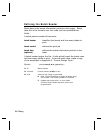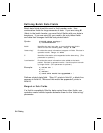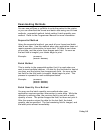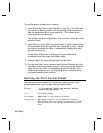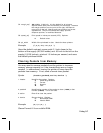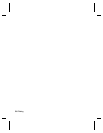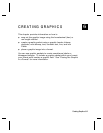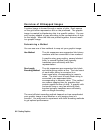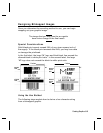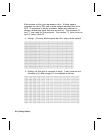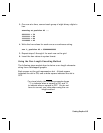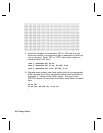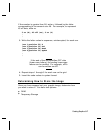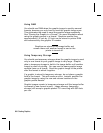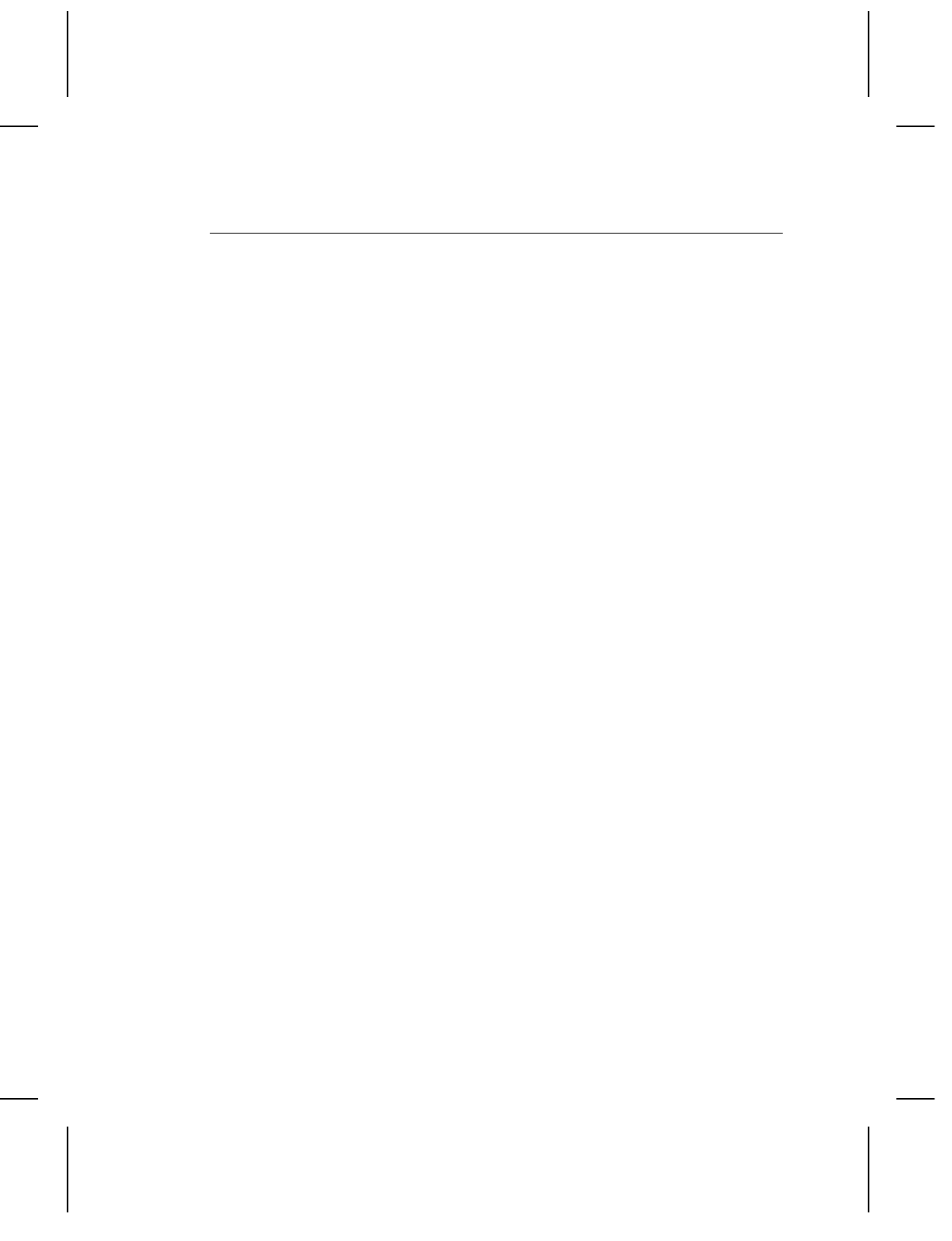
Overview of Bitmapped Images
A printed image is formed through a series of dots. Each square
on the grid below represents a dot on the printhead. The graphic
image is created by blackening dots in a specific pattern. You can
print varying shades of gray according to the concentration of dots
on the image. When the dots are printed together, the end result
is a graphic image.
Determining a Method
You can use one of two methods to map out your graphic image:
Hex Method The dot sequences are segmented into binary
numbers and then converted to hex numbers.
A graphic using gray-scaling, several slanted
lines, or several vertical lines typically
translates more efficiently with hex
representation.
Run Length
Encoding Method
The dot sequences are segmented into black
and white strings within a row. The total count
of each white string is converted to a
lower-case letter, corresponding to numeric
value. The total count of each black string is
converted to an uppercase letter,
corresponding to numeric value. This method
can reduce imaging time for graphics that
contain repetitive rows of dots. A graphic with
horizontal lines or very few white-to-black
borders typically translates more efficiently
with run length encoding.
The most efficient encoding method depends on how complicated
your graphic image is and whether or not imaging time is a
concern. You may want to experiment with both encoding methods
to get optimal performance.
6-2
Creating Graphics



